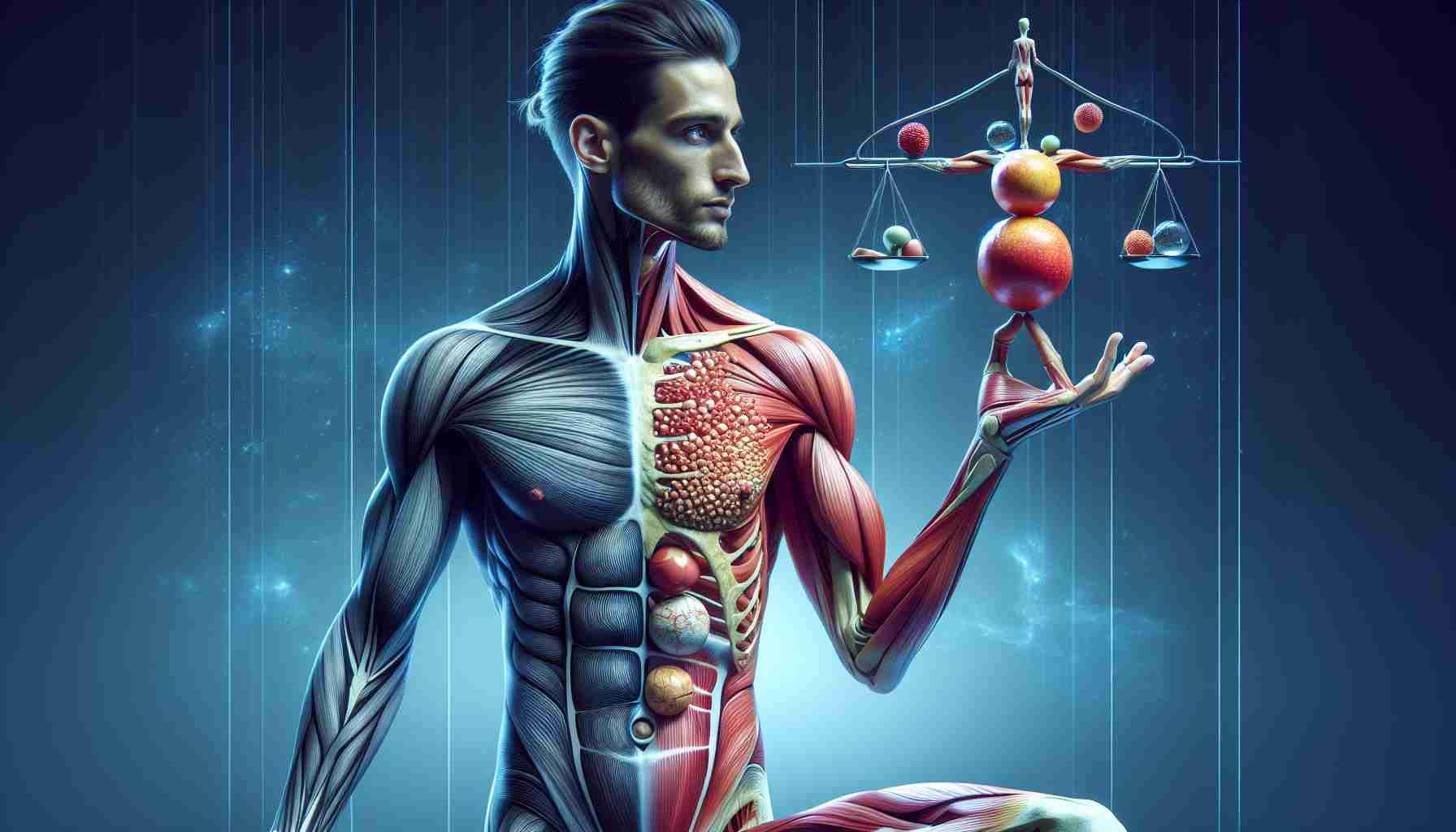Don’t worry if one side of your body is slightly stronger and more coordinated than the other. If you’re right-handed and you’ve ever tried brushing your teeth with your left hand, you know what I mean. Regardless of how symmetrical your body may appear – unless you belong to the 1% of the population who are ambidextrous – you naturally have a dominant side.
The problem arises when the imbalance tilts too far towards the dominant side, causing it to bear an unfair burden. This can result in pain, weakness, and potential injuries due to excessive strain. Since muscles work in chains, issues related to imbalance can cause chain reactions that affect other parts of the body.
That’s the bad news. The good news is that with awareness and appropriate exercises, you can correct the imbalance enough to embrace natural asymmetry with pleasure and without pain.
How does imbalance lead to problems?
Having physically demanding work is the most common way that the natural dominance of one side can lead to issues. As a mobility and mindset coach in professional sports, I often come across this. For example, think about how much effort the dominant pitching arm requires in Major League Baseball. Unfortunately, excessive strain often leads to ulnar collateral ligament tears, requiring surgery.
You don’t have to be a professional athlete to have physical tasks that exacerbate the dominance of one side. Consider cashiers who constantly use one hand to scan items or parents who carry their children on one hip all day. Anyone who regularly performs repetitive motion or force-reliant actions relying on the dominant side may experience chronic pain and increased risk of injury if no appropriate measures are taken.
Another common way people unknowingly intensify the dominance of one side is through improper rehabilitation after an injury. If you sprained your ankle on the non-dominant side, for example, you would have to rely more on the dominant side to move around. Without balanced rehabilitation, you would likely continue favoring the dominant side even after the ankle has healed.
Balancing the imbalance in everyday activities
Awareness is a crucial component of restoring more balanced movement patterns. By recognizing the ways in which you contribute to the imbalance throughout the day, you can make simple changes that help counteract excessive strain. If you carry a bag on your shoulder, regularly switch sides. During prolonged standing, notice if you exert greater pressure on one hip and leg, and if so, change it. Even sitting on the same side of the couch every day can increase dependence on the dominant side, so change your position from time to time.
Although walking is a symmetrical activity, pay attention during your next walk to ensure balance in your gait and work on correcting any dominance. If you feel that something may favor one side, check your shoes for uneven wear, which is an indicator of imbalance.
Because we are naturally stronger and more coordinated on one side, there are actions that are difficult to change, such as golf swings, throwing a ball, or writing with a pen. If your work or lifestyle requires repeated use of one side, it is important to engage in regular physical activity that incorporates exercises aimed at restoring balance. A significant part of my training work with professional athletes focuses on this.
Important: Before starting any new exercise program, consult with a physician. Stop immediately if you feel pain.
Exercise to restore balance
While it may sound counterintuitive, one-sided training that emphasizes one side of the body is the most effective way to promote symmetry through exercise. By performing unilateral exercises on one leg or one arm, you can ensure that you exert equal effort on both sides. This approach not only corrects existing imbalances but also prevents their development. By focusing on each side separately, you work on ensuring proper muscle activation patterns that improve coordination and establish a stable foundation for symmetrical strength.
When it comes to one-sided training, the most appropriate tool for balancing is a dumbbell, which requires equal effort from both sides. Unlike barbells or machines that may allow the dominant side to compensate, dumbbells require independent loading on each limb. This means that you promote balance, expose, and correct any strength differences.
Furthermore, you only need one dumbbell to complete an entire one-sided training.
FAQ
How does imbalance lead to problems?
Imbalance in the body can lead to pain, weakness, and potential injuries caused by excessive strain on one side of the body. Issues related to imbalance can also affect other parts of the body.
How can imbalance occur in everyday activities?
Everyday activities such as physical work, carrying heavy objects on one side, or always sitting on one side of the couch can contribute to body imbalance.
What actions can I take to balance the imbalance in everyday activities?
Awareness of your own habits and making simple changes like switching sides when carrying a bag, standing with balanced weight on both legs, and changing positions while sitting can help balance the imbalance.
Can rehabilitation after an injury contribute to body imbalance?
Yes, if we rely more on the dominant side to move around after an injury, we can maintain the imbalance even after the injury has healed.
What exercises can I do to restore balance in the body?
Unilateral exercises, such as single-leg or single-arm exercises, can help restore balance in the body. Using dumbbells for one-sided training is most appropriate as it requires equal effort from both sides.
How can I start one-sided training?
Before starting any training program, it is recommended to consult with a physician. It is also important to immediately stop if you feel pain.
Links to key resources:
dominacjadloni.pl – a website that provides information on body imbalance and effective methods to correct it.
pozostawysymetrycznym.pl – a website with advice on everyday activities that we can practice to maintain balance in the body.
The source of the article is from the blog queerfeed.com.br
